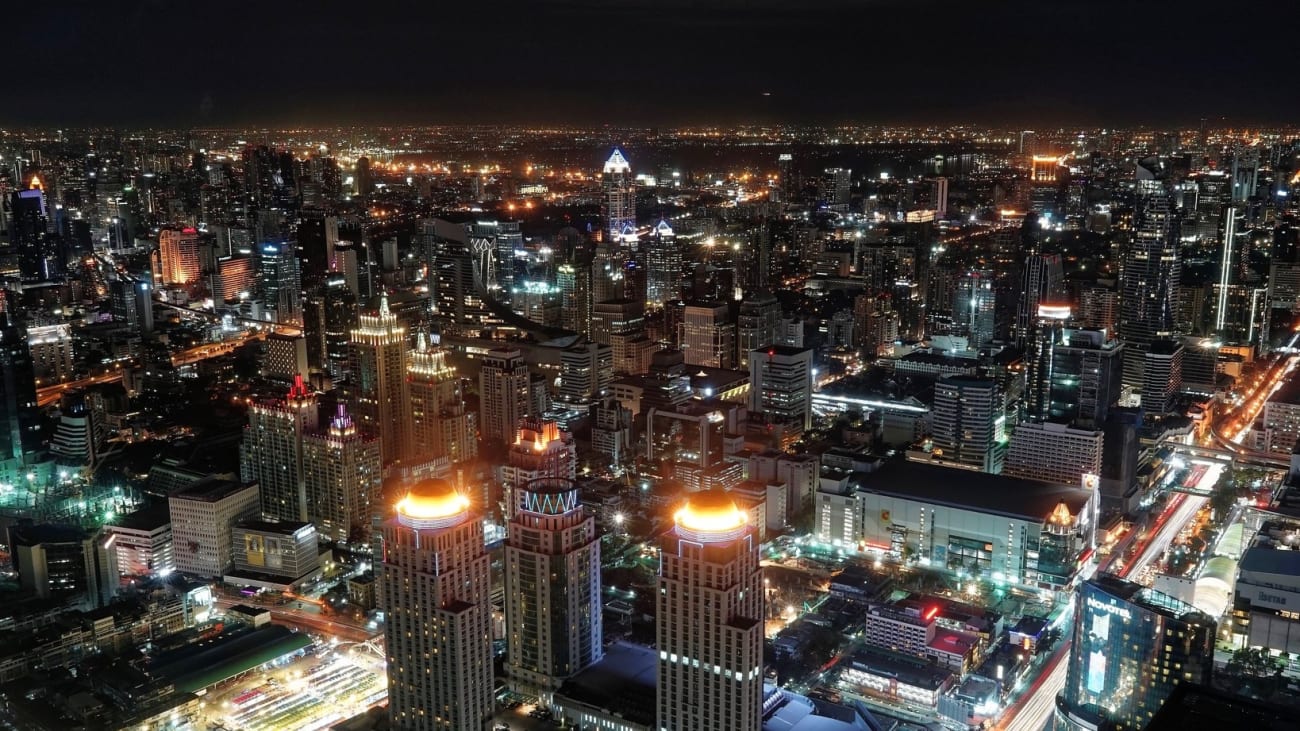Thailand’s ambitious high-speed rail project is set to revolutionize travel between Bangkok and Pattaya, with completion expected by 2029. This groundbreaking infrastructure development will not only enhance connectivity but also boost tourism and economic growth in the region.
Project Overview
Bangkok-Pattaya Connection
The 220-kilometer high-speed rail line will link Bangkok’s Don Mueang and Suvarnabhumi airports with U-tapao airport in Rayong, passing through Pattaya. This project is a key component of the government’s Eastern Economic Corridor (EEC) development initiative, aimed at fostering economic growth in the eastern region of Thailand.
Economic Impact
Investment and Development
With an estimated cost of 224 billion baht, this project represents a significant investment in Thailand’s transportation infrastructure. The new Pattaya station complex will occupy 900 rai of land, with plans for a major real estate development including condominiums and retail stores.
Travel Benefits
Enhanced Connectivity
Once completed, the high-speed rail will dramatically reduce travel times between Bangkok and Pattaya, making it easier for tourists and locals to move between these popular destinations. This improved connectivity is expected to boost tourism and business activities in both cities.
Future Prospects
Regional Integration
The Bangkok-Pattaya high-speed rail is part of a larger network that will eventually connect Thailand with China via Laos. This expanded connectivity will position Thailand as a key transportation hub in Southeast Asia, facilitating international trade and tourism.
Environmental Considerations
Sustainable Transportation
By providing an efficient alternative to road travel, the high-speed rail project aligns with Thailand’s efforts to reduce greenhouse gas emissions and promote more sustainable transportation options.
Transforming Thai Transportation
The Bangkok-Pattaya high-speed rail project represents a significant step forward in Thailand’s transportation infrastructure. As it nears completion, it promises to reshape travel patterns, boost economic development, and enhance Thailand’s position as a regional transportation hub.









